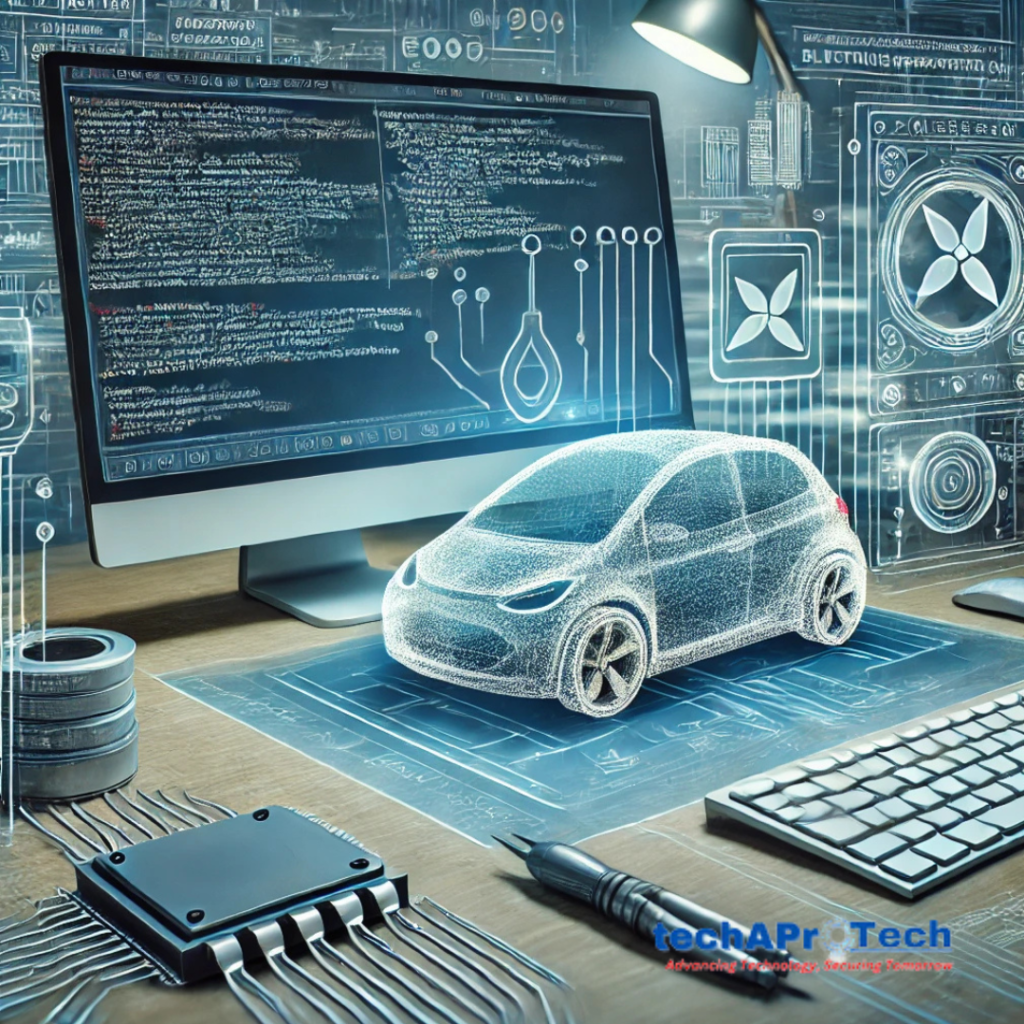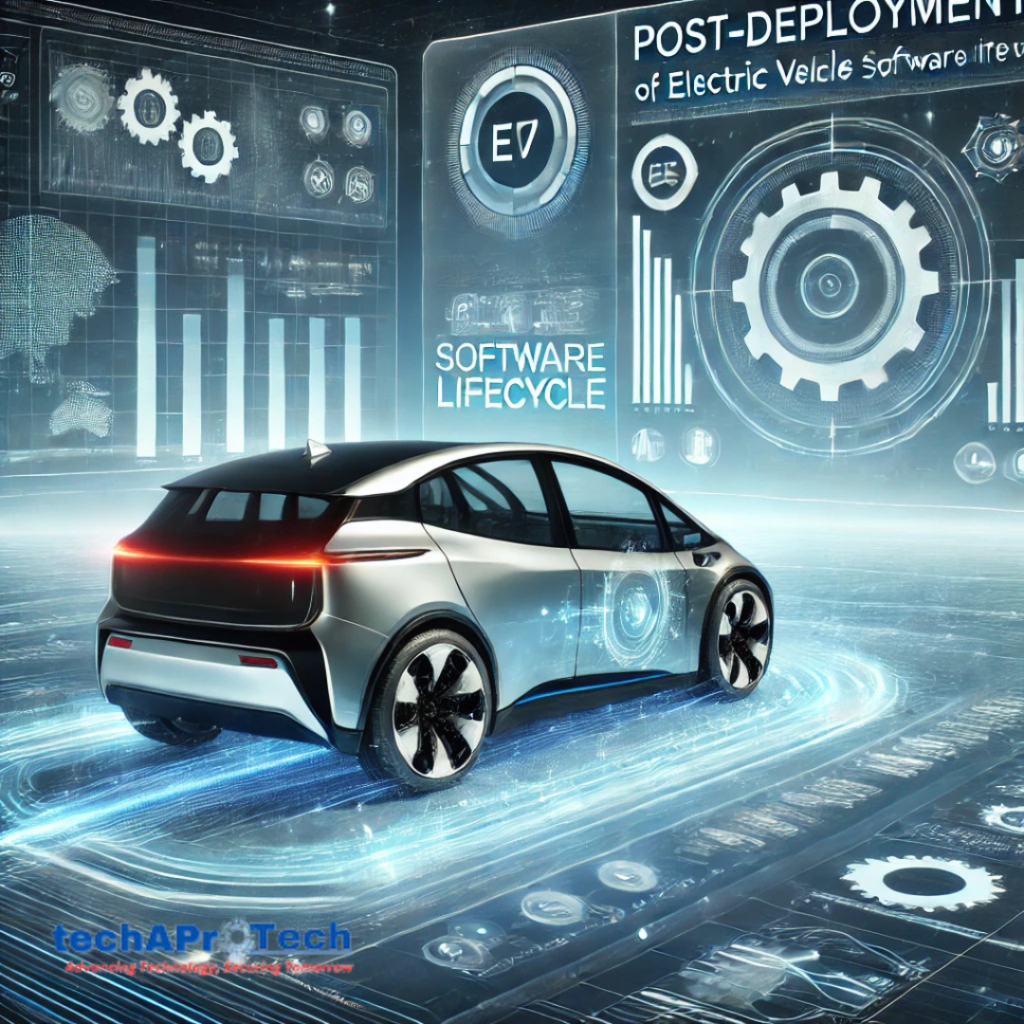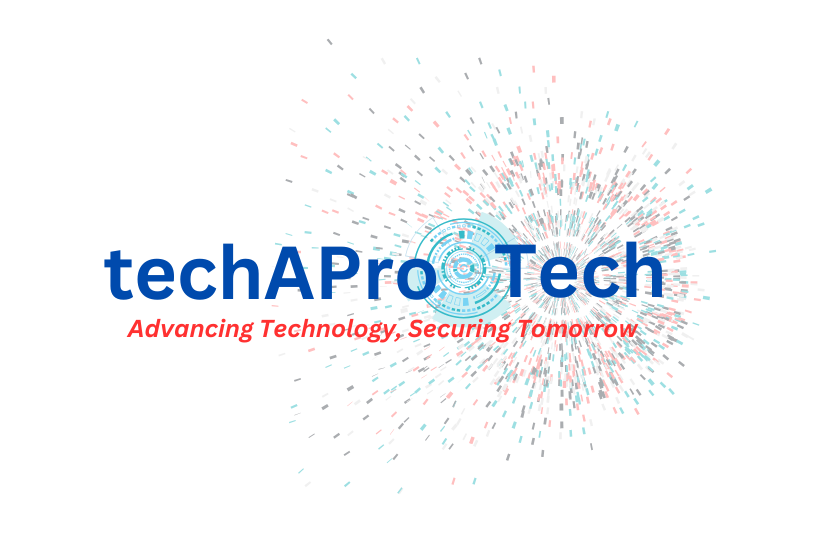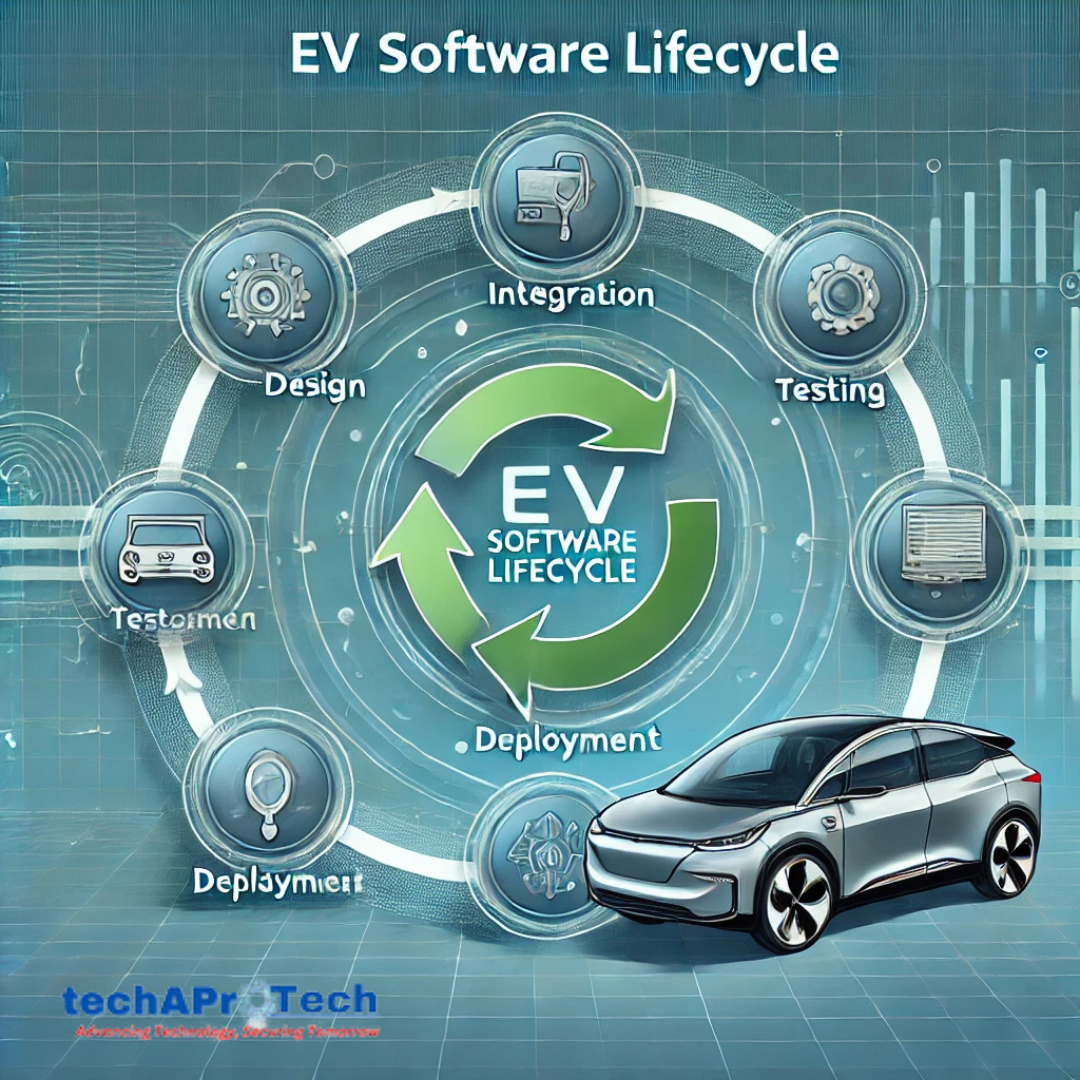This industry is fueled by improvements in battery technology and automobile architecture as well as a rapidly progressing part – the software. Current EVs incorporates a complex software system to drive safely, efficaciously, and environmentally friendly. This paper aims at providing a practical understanding of the context and content of EV software lifecycle throughout its development, implementation and utilization stages.
1. Conceptualization and Planning
The EV Software Lifecycle starts with the conceptualization and planning phase of the EVs. In this context, automotive manufacturers, mechanical engineers, and software engineers meet to understand what the software shall do and what it shall not do in the automobile. This phase revolves on knowing what the software is require to perform and how it is to interact with the hardware of the EV.
In conceptualization, teams define basic pillars and include functions like battery management, infotainment, navigation and safety. They also set out regulatory standards of how the software should be in order to meet the set standard by the industrial Bodies. This phase involves defining the development: this creates a framework for development as all stake holders will be in agreement with the development project.
2. Software Design
The completion of the objectives leads one to the software design phase of its development. This stage is use to develop the overall form or structure of the electrical vehicle software also refer to as the application framework. It encompasses the general architecture together with the modules necessary to perform the said functions of vehicles.
Designers are required to effectively define how well a piece of software is compatible with the hardware devices, UI, data handling, as well as the protocol standards in use. As part of an EV, the software architecture generally consists of several tiers ranging from bit-level program that deal with sensor and actuator interfaces to higher level applications for navigation and for example entertainment.
This phase normally utilizes tools such as the Unified Modeling Language (UML) with which to map out the software architecture. Finally, to guarantee proper compatibility between the components of the software, designers also describe how each of these components is to communicate with or within the system, with the vehicle’s hardware.
3. Development and Coding of EV Software Lifecycle
Development is the last stage which involves writing of the program which solves a given problem. Here, employing software developers, they code every module and feature that was spelt out during the design phase. C/C++ languages and Python language are specifically favored in EV software as they are highly efficient and good performing languages.
The software development process of electric vehicles is typically an iterative process, like Agile or DevOps. These methodologies cheque the process on a continuous basis and if the code is substandard, it is revise immediately. Key components created during this phase include:
Battery Management Software: It controls battery health, charging as well as energy consumption.
Autonomous Driving Software: Uses sensor inputs to aid in, or perform, driving responsibilities.
Infotainment and User Interface Software: Offers easy-to-read interface or system display and multimedia functions and applications.
Diagnostics and Maintenance Software: Continuously cheques vehicle systems to ensure that it meets the standard and quality of the company.

4. Testing and Validation
We find that testing and validation phases are critical in the overall system of EV software. Semantically, some types of automotive SW are safety-critical, thus, require the exposure to intensive tests for identifying bugs during the development phase. This phase includes several types of testing:
Unit Testing: Basic on the idea of divide and conquer. It evaluates each component of the code to determine its competency.
Integration Testing: Tests multiformity of interactions between various software modules in the system.
System Testing: Cheques the overall functional capability of the whole software system in a testing environment.
Real-World Testing: Iearns about the points in designation where the expected behaviour of the software may drift in functional mode in response to different scenarios or conditions.
In this stage, scenarios are usually perform to mimic crucial conditions, or specifically for self-driving automobile applications. From the creation of the different types of weather, kind of road and traffic, developers can discover problems and solve them.
5. Compliance and Regulatory Approval
Finally, to its use in any institution, the developed software requires compliance and regulatory reviews. Originally, the specific requirements of all the necessary laws and regulations by country. It must be fulfill by the respective EV software differ. This phase makes sure that the developed software meet safety requirement, Cyber security and Environment compliance.
Among the primary regulatory standards, it is necessary to mention the ISO 26262 on functional safety and UNECE WP.29 on cybersecurity of vehicle software. It is important because without this approval one is not free to release the software in the intended regions or markets.
6. Deployment and Integration
It remains to state that once approval of the regulating authorities is obtained, the software is prepared for incurrence. In this phase, software is interfaced with the vehicle other systems. This process usually occurs at manufacturing plant since the software is installed on the car control units. It is tested to confirm word perfect compatibility.
If the software is of type that needs updates from time to time, then over the air (OTA) deployment systems are establish first. An advantage of the OTA systems is the possibility to update the car software from a manufacturers’ side introducing fix or further amendments without the need to recall the car.
7. Post-Deployment Monitoring of EV Software Lifecycle
Deployment is not the final stage in the cycle of the EV Software Lifecycle . A critical test of a successful implementation, therefore, is after the fact to frequently review the system and cheque for necessary patching up. This phase is to gather information from the vehicle to cheque for the performance, problems, and changes in software and its interfaces.
Post-deployment monitoring includes:
Performance Analytics: Current environmental management of energy usage and efficiency, battery capabilities, and conditioning.
Error Reporting: To deliver real-world bugs or issue to the setup.
User Feedback: Gathering a list of suggestions for the end-users using OP and ED.
During this phase data is gather to be useful in determining how the software is use in conditions within industries. It also includes information for the future update and upgrade of the software. So that it raises the reliability and value of the software in the coming period.

8. Software Updates and Maintenance
They point out that the continued update and maintenance of the software. It supports the usage of Extended Visualization is a necessity for its continued successful adoption. These updates can be anything from simple tweaks to remove some glitches to large improvements to add brand new features. The forthrightness and the extent of these changes are proportional to the application’s sophistication and the maker’s dedication to enhancing the application.
Two main types of updates are common in EV Software Lifecycle :
OTA Updates: OTA updates often delivered online over an internet connexon. It means that manufacturers can send new updates without having access to the car itself.
Service-Based Updates: Sometimes the updates need change of hardware or require going to a service centre where changes are done.
It is also important for cybersecurity as well- as analogue and digital signals get mix up. As systems possess more integration, they are susceptible to those cyber threats. The commonplace of security patches and updates is the only way to shield user data and guarantee the cars’ safety.
9. Exit and Retirement of EV Software Lifecycle
With advancement in technology, it is possible the software that powers some first-generation EV models. It will complete their software development life cycle. When the vehicle or the software in it, is outdone, the manufactures are likely to pull the plug or reduce the support.
LM of end-of-life includes both, notifying the users that the program is no longer going to receive scant support or has certain risks inherent in using it if it is an older software. Sometimes, old platforms can be update one final time with the basic goal to provide a working car with all modern necessary safety features. Manufacturers can also use new gadget models. It contain upgraded software features and force the users to take to the newer models.
Final Thoughts
The EV Software Lifecycle is indeed a complicated and ever-changing framework. This definition combines the planning and designing phase, implementation, use, and management all the way up to the retirement and disposal of the system. Each stage is critical in establishing that the software is secure, optimize and easy for use by the users.
The mentioned lifecycle can be use to create a dependable EV software. It will enable energy efficiency, autonomy, as well as safety. Instead, in the horizon of 2024 and beyond when the EV technology is presumably to advance further, the software lifecycle is likely to remain the key to achieving high quality and innovation in automobile. It is responsive to the needs of drivers and the environment.

